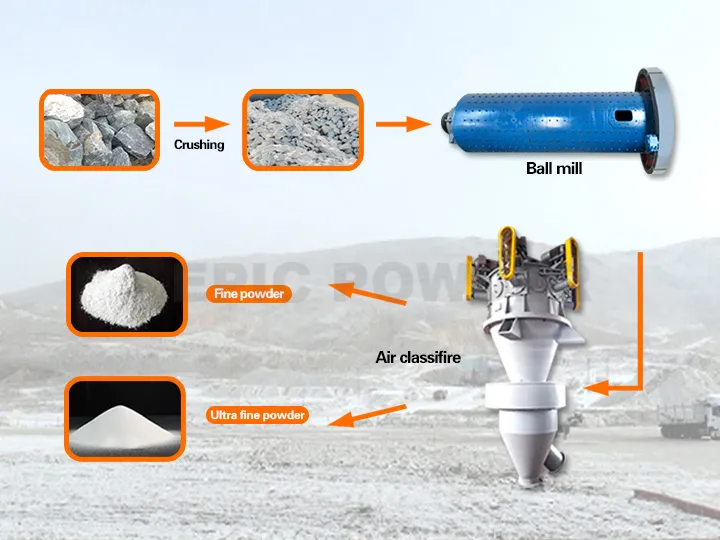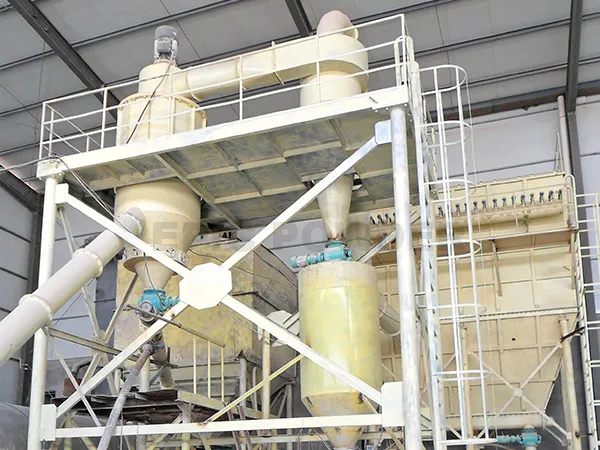Ultrafine quartz powder is a high-quality neutral inorganic filler. It has strong acid resistance, stable physical and chemical properties, good light transmittance, high dielectric, high moisture resistance, radiation resistance, excellent high-temperature resistance, and high IT properties such as purity, low ion content, low expansion, and low stress. It is widely used in plastics, coatings, paints, rubber, ceramics, inks, catalytic and gas filtration materials, and other fields.
Among them, the high-tech industry has very strict requirements on ultra-fine quartz powder’s purity, particle size, and particle size distribution. Regarding current crushing technology, the ultra-fine crushing equipment available for natural quartz minerals includes ball mills, stirring mills, airflow mills, vibration mills, and various classifiers.
Quartz pretreatment (calcination + water quenching)
The hardness of quartz is 7. If other minerals are directly crushed, the energy consumption will be high, and the efficiency will be low. Therefore, thermal crushing can be carried out first, namely the calcination-water quenching method.
First, the quartz is calcined at a high temperature (900~1150℃) and then cooled with water, causing the quartz to undergo rapid “thermal expansion” and “cold contraction,” resulting in a large number of micro-cracks on its surface and inside the block, thereby reducing its strength. , improve crushing efficiency.
When water is quenching, it is best not to use a pool because when it cools, many water vapor bubbles will form on the quartz surface. Compared with liquid water, it is not easy to conduct heat; it is not easy to form a “quick cooling” effect.
Preparation of ultrafine quartz powder by ball mill
The ball mill + classifier complete production line is more suitable for ultra-fine crushing processing of quartz. It has the characteristics of high product whiteness, good shape and gloss, stable quality indicators, and strong controllability of particle size distribution.
However, since ball mills and classifiers have different functions and focuses and are usually produced by two companies, there are often differences in concepts such as output, so the matching of the two must be considered when selecting and designing equipment. If the application is unreasonable, it will cause functional constraints, high energy consumption, and low efficiency. Proper cooperation can give full play to their respective advantages, complementing the entire system, achieving twice the result with half the effort, and being very efficient.
In addition, the high hardness of quartz causes serious wear and tear on equipment and contaminates products. Wear-resistant protection must be performed on the equipment, especially electronic-grade high-purity silicon powder. All static parts, such as cavities and pipes, should be made of ceramic or organic wear-resistant materials. Materials, etc., for the lining. Ball mills generally use alumina lining plates or ball stone lining plates.
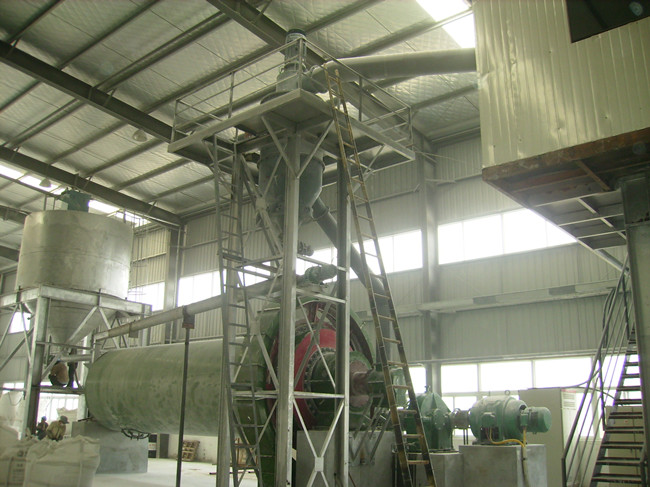
Preparation of ultrafine quartz powder by vibrating mill
The vibration mill has the advantages of low noise, compact structure, small size, lightweight, low energy consumption, high output, concentrated grinding particle size, and no pollution. The electronic-grade high-purity ultra-fine silicon powder produced is spherical-like powder.
Vibration mills generally use alumina as the lining, and the media are mostly alumina media balls. The vibration frequency directly affects the grinding efficiency of the product as well as equipment loss and energy consumption. Determining the appropriate vibration frequency based on the production capacity and the processing capacity of the classifier is a key factor for the efficient and controllable production of products with reasonable particle size distribution. The particle size and output of the product can be adjusted by adjusting the number of impeller blades of the classifier, the impeller speed, the air pressure and air volume of the induced draft fan, and the size of the secondary air grid elutriator.
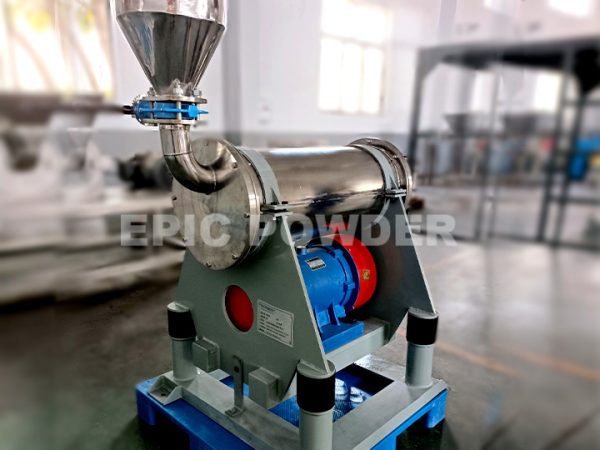
Preparation of ultrafine quartz powder by jet mill
Airflow crushing technology is one of the most important ultra-fine grinding technologies. Guo Xiuping can achieve good crushing effects using a fluidized bed jet mill to crush quartz. In the cyclone separator and pulse bag dust collector, d95= can be obtained, respectively. There are two products: 10μm and d97=6μm. The factors that affect the material crushing effect mainly include classification current, feed particle size, and classification speed.
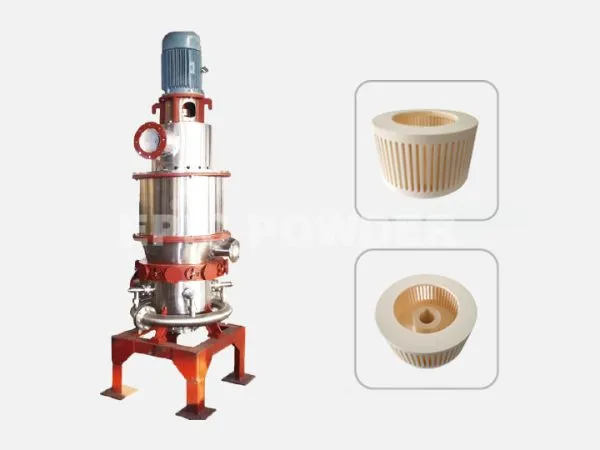
Application of grinding aids in fine crushing of stone powder
During the fine grinding process of stone powder, adding an appropriate amount of grinding aid not only has a grinding aid effect but also acts as a dispersant. Common grinding aids include polyacrylamide, sodium chloride, silicate, triethanolamine, sodium dodecyl sulfonate, etc.
The amount of grinding aid must be appropriate. Generally, as the dosage increases, the grinding effect increases. After reaching the optimal value, increasing the dosage will worsen the grinding effect.
